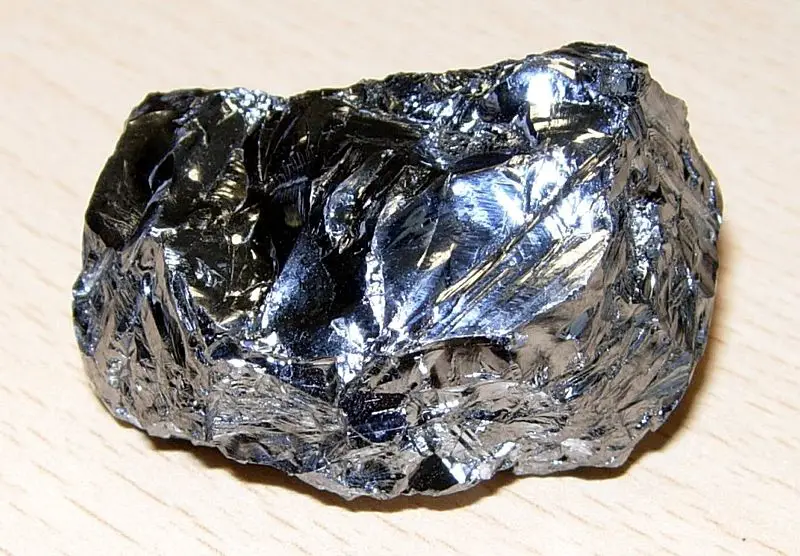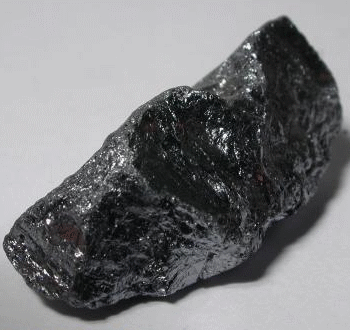

Even though a genetic base for absorption and accumulation of Si has been found, there is still much to explore on the role of Si on plants at the biochemical and physiological level. Si also confers plant resistance to biotic and abiotic stress. In the case of vascular plants, the absence of Si has been shown to increase their vulnerability to pathogens and insects. Si presence has proven to be of importance in some unicellular organisms such as diatoms and in other multicellular sea living organisms such as sponges, in addition to some Equisetaceae and other plants of relevance to man, such as rice, sugar cane and pumpkin.

It is expected that this element should have some effect on living organisms, given the abundance of Si on the planet and the fact that it is believed to have existed at even higher concentrations at the beginnings of life.

The interest on the study of silicon (Si) effects on living organisms has recently increased.


 0 kommentar(er)
0 kommentar(er)
